Tire buying guides
Best price guarantee
Tire replacement coverage
24/7 roadside assistance
Easy returns
Tires designed for winter or all-weather performance often have specific ratings to indicate their handling capability in challenging weather conditions. The most common indicators are the Mud & Snow (M+S) rating and the Three Peak Mountain Snowflake (3PMS) certification. M+S ratings are typically found on all-season and winter tires, signaling that the tire offers basic traction for driving in mud and light snow. On the other hand, 3PMS certifications are awarded to tires specifically engineered for severe snow and winter conditions, ensuring higher levels of traction and control in snow, ice, and freezing temperatures.
When evaluating tires for winter performance, these two critical ratings should be on your tire features list. These ratings provide consumers with important information about a tire's ability to handle challenging weather conditions. But how are each of these ratings calculated?
M+S deep dive
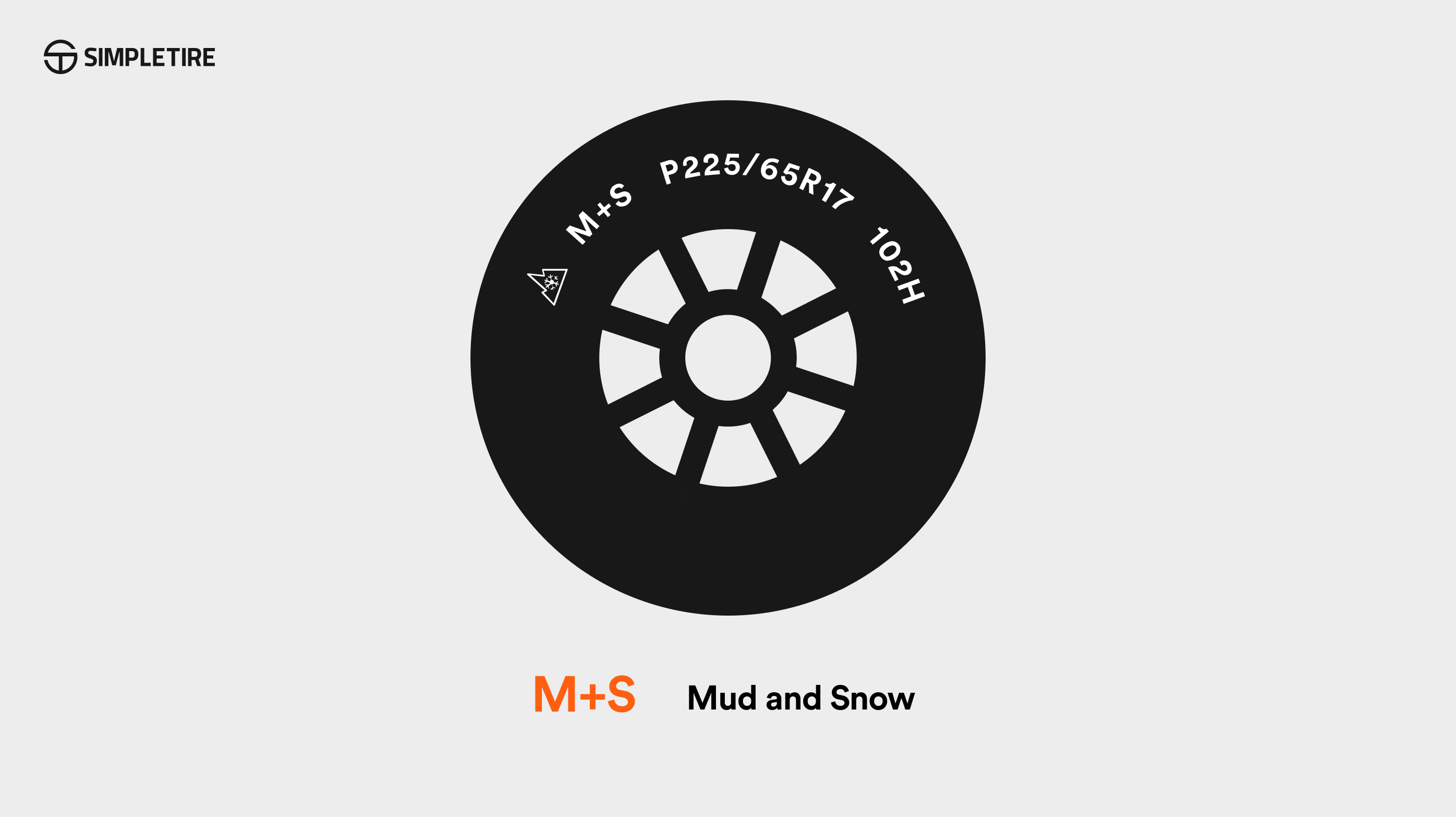
M+S rated tires, also known as Mud and Snow tires, are designed to provide improved traction in mild winter conditions such as light mud and snow. These tires feature specialized tread patterns that help them grip better on slippery or soft surfaces.
What the M+S rating means
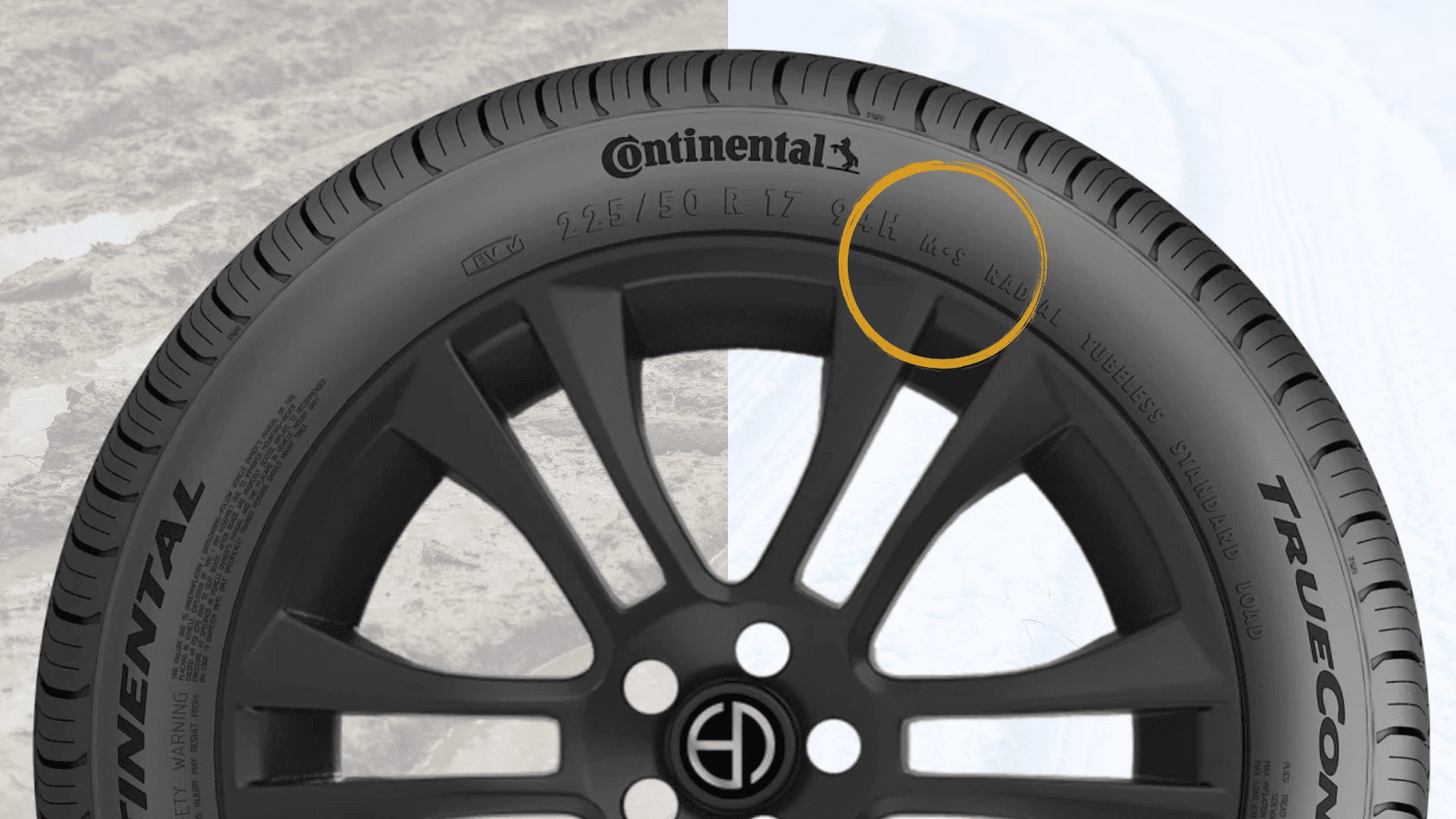
The M+S (Mud and Snow) rating on tires indicates that the tread design has been optimized for better performance in light mud and snow conditions than standard tires. Tires with this rating typically feature wider gaps between the tread blocks and more aggressive tread patterns, allowing them to grip better on soft or slippery surfaces like mud or snow. However, the M+S rating does not involve specific performance testing or guarantee the tire’s effectiveness in severe winter conditions, such as deep snow, ice, or freezing temperatures. It is commonly found on all-season and winter tires, signifying that the tire offers basic traction improvements for mild off-road or snowy situations but does not necessarily meet the rigorous standards of more advanced winter certifications, such as the Three Peak Mountain Snowflake (3PMS) certification.
How M+S is calculated
The Mud and Snow (M+S) rating on tires is not based on specific performance tests or rigorous standards but is determined by the tire's tread design. To qualify for the M+S rating, a tire must have a tread pattern that features larger, wider gaps between the tread blocks, typically designed to provide improved traction on muddy or snowy surfaces compared to standard tires. This tread pattern helps the tire bite into soft, slippery terrain, such as mud or snow, offering better grip than a regular all-season tire. However, the M+S rating does not guarantee the tire's ability to perform in severe winter conditions. It doesn't require the tire to undergo any actual testing for snow or ice performance. This rating is more of an industry-standard label, often applied to all-season or winter tires with mud and snow-friendly tread designs.
3PMS deep dive
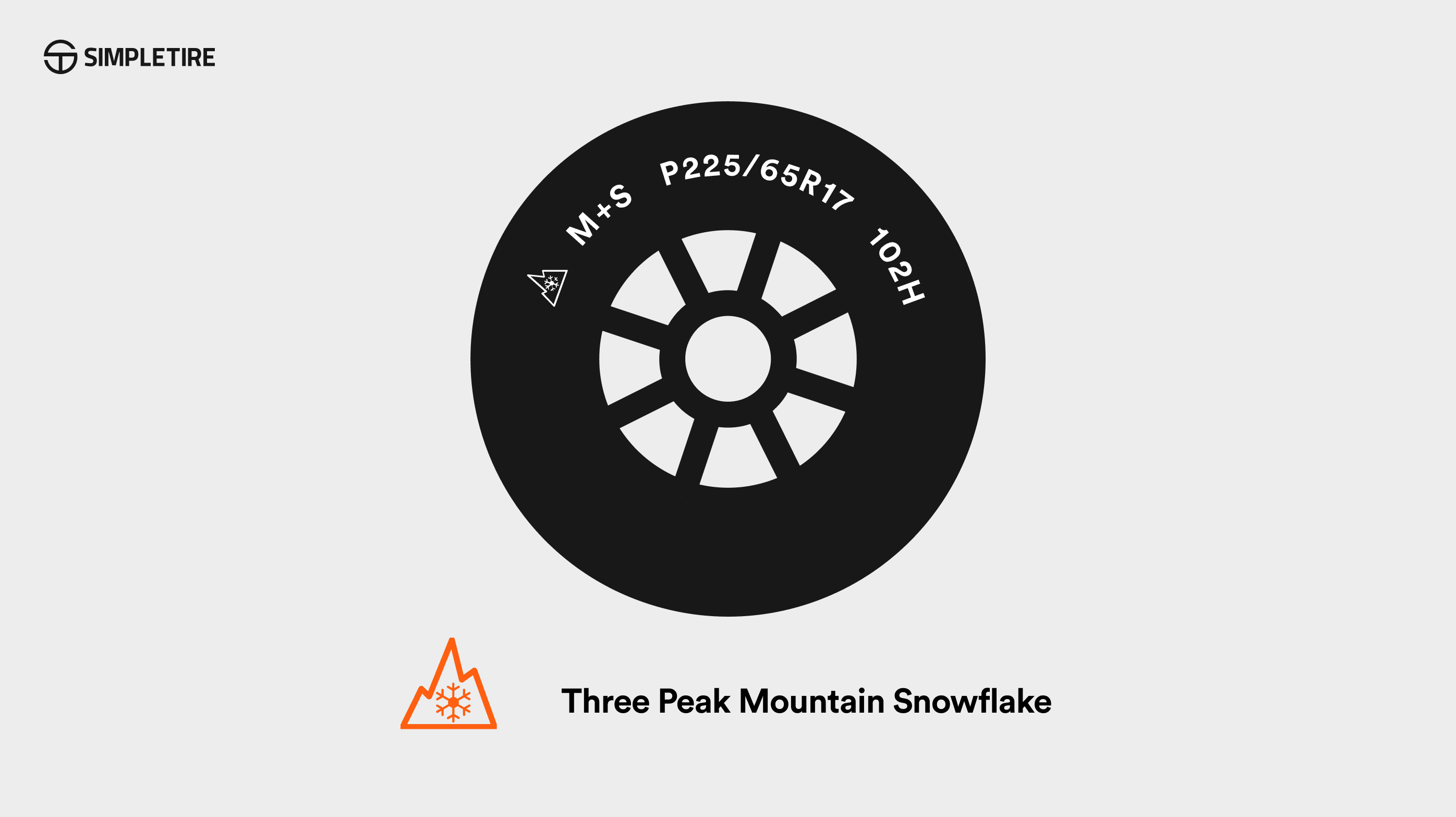
However, the 3PMS certification is more rigorous and requires tires to meet stricter performance standards in snow testing. To earn the 3PMS symbol, a tire must demonstrate superior traction in severe snow conditions, displaying higher traction and control in extreme winter driving conditions.
What the 3PMS rating means
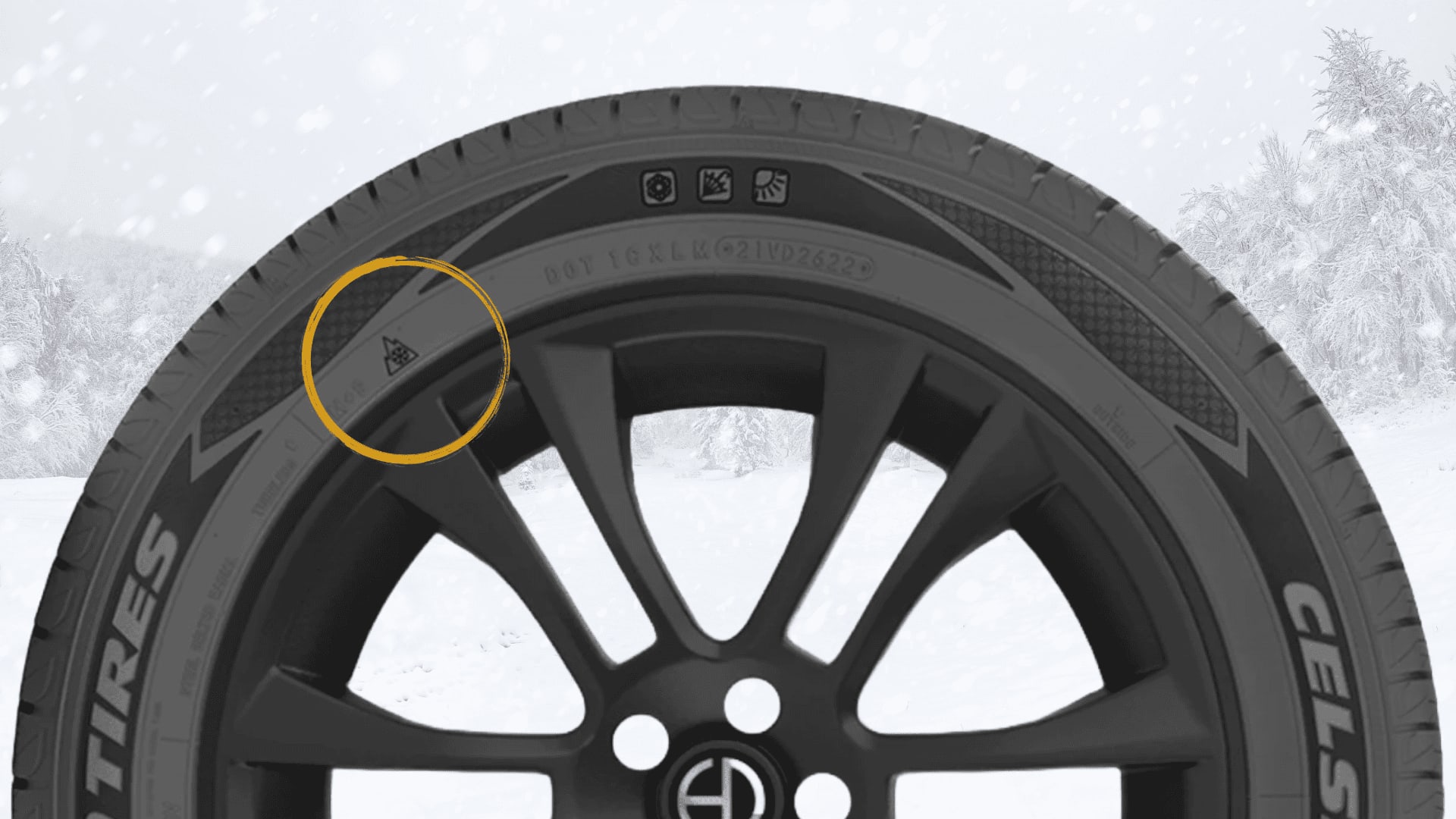
The Three Peak Mountain Snowflake (3PMS) certification is awarded to tires that meet specific performance criteria in winter conditions, particularly on snow. Unlike the Mud and Snow (M+S) rating, the 3PMS certification is based on standardized testing. It is regulated by organizations such as the U.S. Tire Manufacturers Association and Transport Canada.
How 3PMS is calculated
To earn the 3PMS certification, a tire must pass a rigorous test for snow traction. This test measures the tire's performance on medium-packed snow, and the tire must demonstrate a minimum of 10% improvement in traction over a standard all-season tire. The test typically involves stopping distance, acceleration, and traction on snowy surfaces. The results must meet or exceed the established threshold to qualify for the 3PMS symbol, which is an indicator that the tire provides reliable traction in severe snow conditions.
This certification helps consumers identify tires specifically engineered for harsh winter driving conditions, ensuring superior performance in snow, ice, and low temperatures.
What is an Ice Grip?
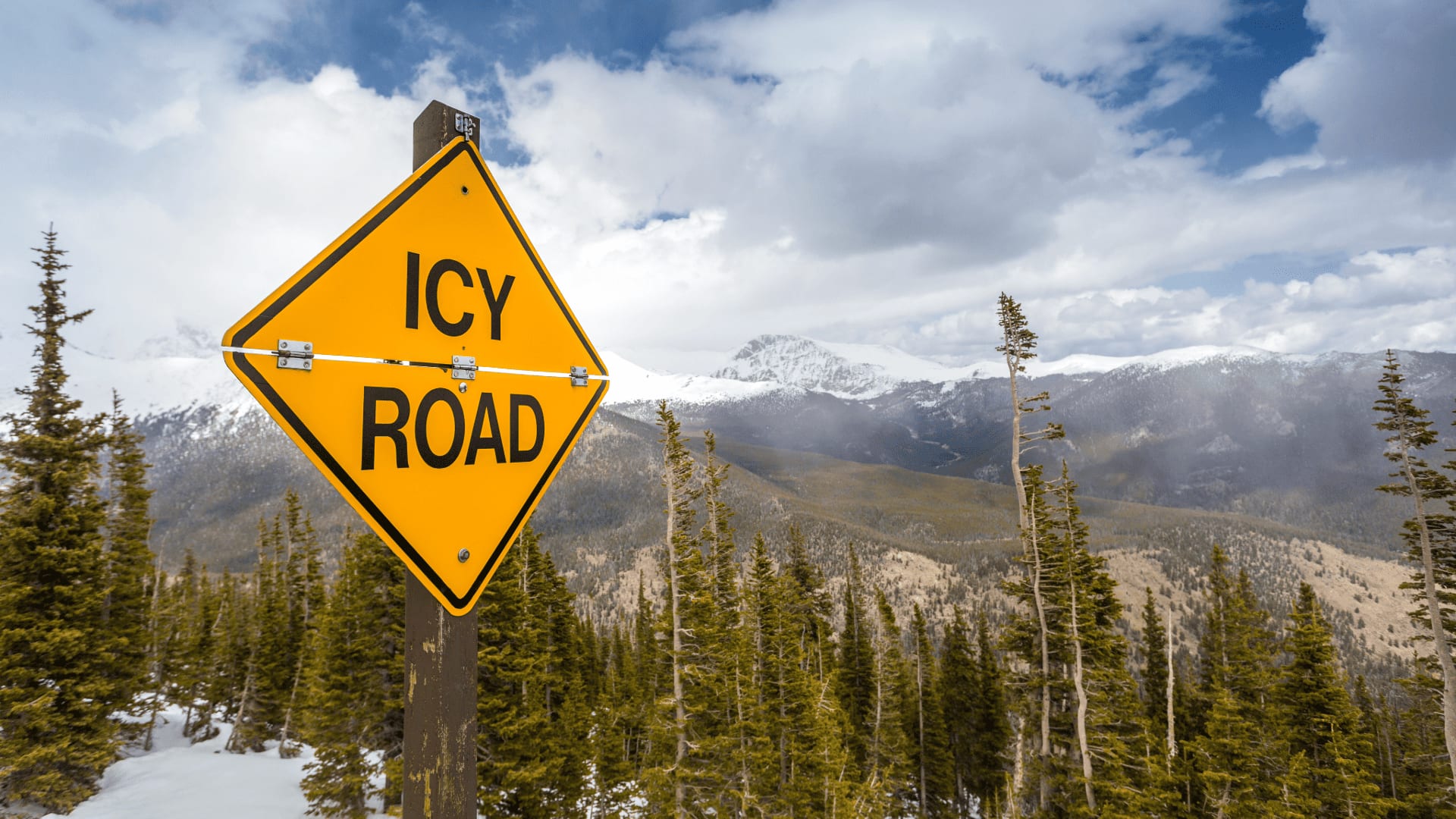
"Ice grip" in tires refers to a tire's ability to maintain traction and control on icy surfaces. Tires with good ice grip are specifically designed with features like specialized rubber compounds that remain flexible in freezing temperatures, allowing the tire to conform to the road surface for better contact. These tires often have finely detailed tread patterns with biting edges, sipes, and sometimes even embedded studs. This provides extra grip by cutting through the thin layer of water that forms on ice. Ice grip is crucial for safe driving in winter conditions, as it significantly reduces the risk of sliding, improves braking distance, and enhances overall handling on icy roads. Tires with firm ice grip are typically winter tires or those with a Three Peak Mountain Snowflake (3PMS) certification.
How Ice Grip is calculated
Ice grip in tires is typically calculated through a series of standardized tests that measure a tire's performance on icy surfaces. These tests assess critical factors like braking distance, traction, and cornering ability on ice. The tire is subjected to rigorous evaluations, often using specialized equipment replicating icy road conditions.
A standard method involves:
- Testing the tire's ability to stop from a set speed
- Measuring how quickly it can come to a complete stop
- Its ability to accelerate and maintain traction under slippery conditions
Tire manufacturers also design specific rubber compounds that stay flexible in freezing temperatures and intricate tread patterns with features like sipes (small cuts in the tread) that help the tire grip ice. The results of these tests help manufacturers determine how well the tire will perform in real-world icy conditions, and tires that perform well may earn certifications like the Three Peak Mountain Snowflake (3PMS) symbol, signifying superior winter performance.
Is M+S, Three Peak Mountain Snowflake, or Ice Grip best?
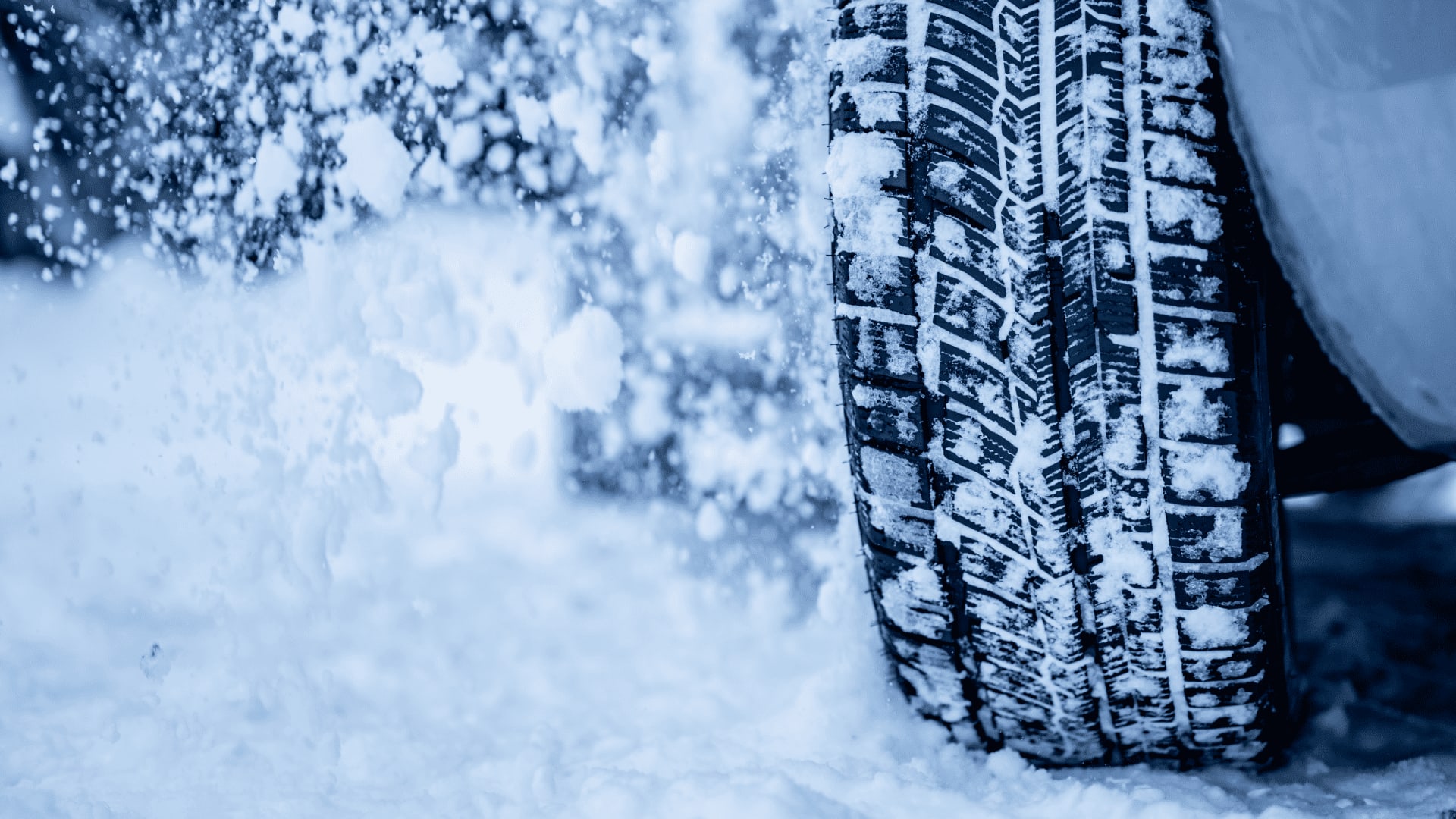
Choosing between M+S, Three Peak Mountain Snowflake (3PMS), and Ice Grip depends on the driving conditions you typically face. M+S (Mud and Snow) rated tires provide basic traction improvements over standard tires in light mud and snow, but they do not undergo any sort of winter performance testing. On the other hand, tires with the 3PMS certification have undergone rigorous testing to ensure they meet strict standards for traction in snow and ice, making them ideal for harsher winter climates. If your primary concern is driving in icy conditions, then tires specifically designed for Ice Grip will provide the best performance, as they are engineered with advanced compounds and tread patterns that excel in maintaining traction on ice. Overall, 3PMS-certified tires generally offer the best balance for severe winter driving, while Ice Grip-focused tires may be preferable in areas prone to icy roads. M+S tires are sufficient for milder winter conditions or occasional light snow.
FAQs
1. What does the M+S tire rating mean?
The M+S (Mud and Snow) tire rating indicates that the tire has a tread design optimized for better traction in light mud and snow compared to standard tires. These tires typically feature larger tread blocks and wider gaps, making them perform better in mild winter conditions. However, M+S tires are not specifically tested for severe snow or ice performance like tires with the Three Peak Mountain Snowflake (3PMS) certification.
2. What does the 3PMS rating mean?
The 3PMS (Three Peak Mountain Snowflake) rating indicates that a tire has passed specific performance tests for severe snow conditions. This certification ensures the tire provides superior traction and control in heavy snow, ice, and winter weather, making it ideal for challenging winter driving environments. Tires with the 3PMS symbol are designed for enhanced safety and performance in harsh winter conditions.
3. How is M+S calculated?
The M+S (Mud and Snow) rating is based on a tire’s tread design rather than performance testing. To qualify for this rating, a tire must have a tread pattern with larger gaps between the blocks to improve traction in light mud and snow. However, there is no standardized test or requirement for the M+S rating, so it does not guarantee performance in severe winter conditions.
4. How is 3MPS calculated?
The 3PMS (Three Peak Mountain Snowflake) rating is calculated through standardized testing that measures a tire's performance in severe snow conditions. To earn the 3PMS certification, a tire must demonstrate at least 10% better snow traction than a reference all-season tire in snow braking, acceleration, and overall traction tests. This certification ensures the tire's reliable performance in harsh winter weather, including snow and ice.
5. How is Ice Grip calculated?
Ice Grip is calculated through standardized tests that assess a tire's performance on icy surfaces. These tests measure braking distance, acceleration, and overall traction on ice. Specialized equipment replicates icy conditions, and tires are evaluated for their ability to maintain control and grip. Tires designed for Ice Grip often feature advanced rubber compounds and tread patterns optimized for icy road conditions, ensuring enhanced safety and handling.
Ready to find the perfect tires?
Search By